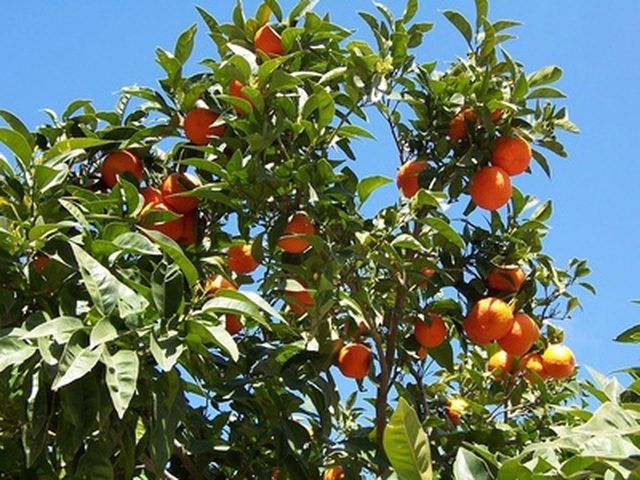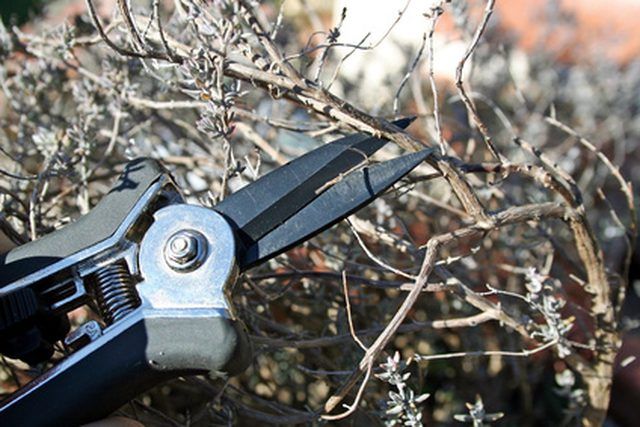Bulbs
Flower Basics
Flower Beds & Specialty Gardens
Flower Garden
Garden Furniture
Garden Gnomes
Garden Seeds
Garden Sheds
Garden Statues
Garden Tools & Supplies
Gardening Basics
Green & Organic
Groundcovers & Vines
Growing Annuals
Growing Basil
Growing Beans
Growing Berries
Growing Blueberries
Growing Cactus
Growing Corn
Growing Cotton
Growing Edibles
Growing Flowers
Growing Garlic
Growing Grapes
Growing Grass
Growing Herbs
Growing Jasmine
Growing Mint
Growing Mushrooms
Orchids
Growing Peanuts
Growing Perennials
Growing Plants
Growing Rosemary
Growing Roses
Growing Strawberries
Growing Sunflowers
Growing Thyme
Growing Tomatoes
Growing Tulips
Growing Vegetables
Herb Basics
Herb Garden
Indoor Growing
Landscaping Basics
Landscaping Patios
Landscaping Plants
Landscaping Shrubs
Landscaping Trees
Landscaping Walks & Pathways
Lawn Basics
Lawn Maintenance
Lawn Mowers
Lawn Ornaments
Lawn Planting
Lawn Tools
Outdoor Growing
Overall Landscape Planning
Pests, Weeds & Problems
Plant Basics
Rock Garden
Rose Garden
Shrubs
Soil
Specialty Gardens
Trees
Vegetable Garden
Yard Maintenance
How to Prune a Tangerine Tree
How to Prune a Tangerine Tree. Tangerine trees growing in a home landscape do not normally require pruning. Citrus trees usually have an aesthetically pleasant growth habit and stay fairly compact. Pruning may be needed when the tree is damaged by cold and frost. Pruning may invigorate a tree that consistently produces small fruit or is not...

Tangerine trees growing in a home landscape do not normally require pruning. Citrus trees usually have an aesthetically pleasant growth habit and stay fairly compact. Pruning may be needed when the tree is damaged by cold and frost. Pruning may invigorate a tree that consistently produces small fruit or is not vigorous. Homeowners may wish to prune a tangerine tree to maintain its appearance in the landscape. Pruning may also help produce more consistent yearly crops, as some tangerines tend to bear heavily one year, then sparsely the next. Dancy tangerines have a tendency to bloom in alternate years.
Things You'll Need
Sharp pruning shears or pruning saw
Sterile wipes
Determine when to prune. Pruning to restore vigor to a tree should be done before the spring growth flush. Severe pruning should be done when danger of frost has passed. Removing suckers and shoots should be done after the first flush of new growth.
Sterilize the pruning shears with bleach or bleach-infused wipes. Sterilize again before pruning another tree to prevent carrying disease between trees. Use bypass pruners, like scissors, or a pruning saw.

Remove suckers. Remove any green shoots that appear at the base of the tree near ground level by cutting with sharp, clean pruning shears even with the base. Remove any soft green (not woody) branch that is significantly longer than the surrounding branches by cutting them flush with the branch from which they are growing.
Remove branches damaged by cold weather. Inspect the tree for branches with dead tips that have not produced any new leaves. Prune these branches back to the healthy wood. Inspect all branches for cracked bark whether they have leaves or not. Prune away branches with cracked bark or prune back to healthy bark. Prune with clean, straight cuts to avoid damaging the bark.
Evaluate the tree's shape. Remove any branches that detract from the tree's appearance. Make three cuts to remove large branches. Measure 15 inches from the trunk and cut upward until the saw binds. Measure 18 inches from the trunk and cut downward. Make the final cut a few inches from the trunk on an angle. Never cut flush to the trunk.
Tips & Warnings
The University of Florida Extension service does not recommend using paint or other materials to cover pruning wounds.
Avoid anvil type pruning shears which can crush wood and leave damage.